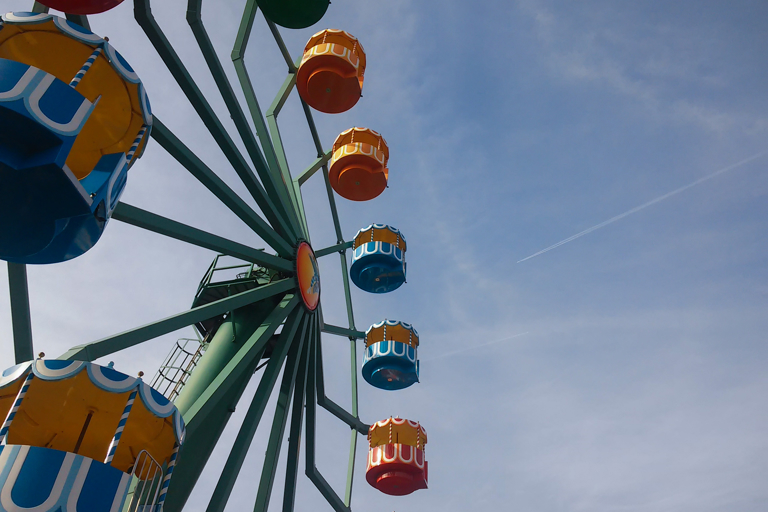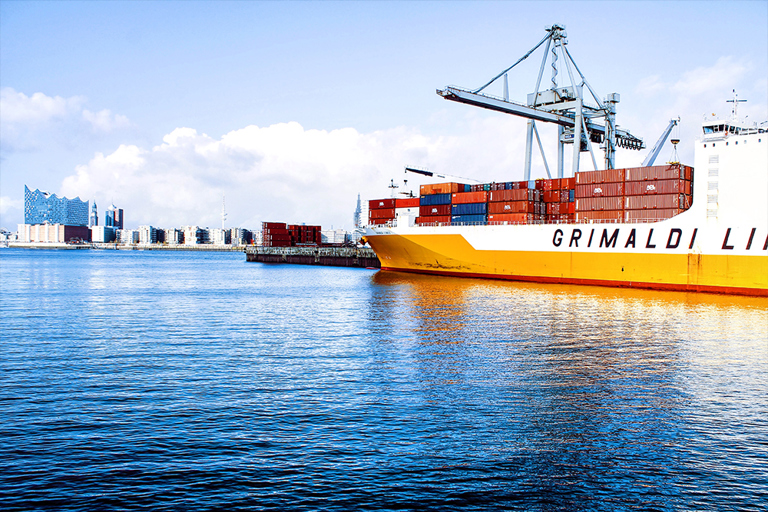
COUNTERFEIT PROBLEM ASKS FOR MORE AND BETTER CUSTOMS INSPECTIONS
14 March 2017
Different international institutions, such as OECD, ICC, EUIPO’s Observatory on IP infringements have recently published impressive evidence based studies to get a better understanding of the magnitude of the problem of the counterfeit business for the official – read tax paying – economy.
Readers who want to find these papers are referred to:
http://www.oecd.org/gov/risk/trade-in-counterfeit-and-pirated-goods-9789264252653-en.htm
https://euipo.europa.eu/ohimportal/en/web/observatory/observatory-publications
How much more studies need to be presented to the EU policy-makers? A radical and structural improvement of situation is needed. THE EU Observatory already published eleven (!) studies in the past two years to demonstrate the harm that counterfeit does to different sectors in the real economy. The industry is losing patience and is awaiting a political decision, as can be read also in the open letter to Claude Juncker (EU Commission President) by the trademark industry. It can be read here https://inventa.com/en/news/article/210/major-companies-write-an-open-letter-to-ec-president-to-tackle-counterfeiting
Since the Internal market has come to a completion Customs authorities throughout the Member States have been decimated. Physical border controls have been considered old-fashioned for a longer time. Top priority for EC seems to be that Customs main concern should be to collect as much and as efficient as possible the import duties, consisting mainly of customs duties. As long as the paper work is OK, the correct CN-codes are used, the country of origin is filled out correctly and last but not least the customs value does not seem suspect the goods are customs cleared, the import duties collected and the goods are brought into free circulation. The collected money goes to Brussels…
It is near to a mission impossible for Customs authorities with the limited capacity - in terms of “boots on the ground” - to perform more physical inspections. That is the real problem. More jobs in Customs are the answer to better crackdown on counterfeit. This requires a political decision.
According to the OECD study (https://euipo.europa.eu/ohimportal/en/web/observatory/mapping-the-economic-impact) these products in the EU amount up to 5% of all EU imports, worth up to €85 billion. If we assume that the average import duty on consumer goods amounts to 15% of the customs value of the goods, and assume that the OECD study is correct this implies that the EU Customs collect 12,75 billion euro import duties from counterfeited imports in 2013. We have to bear in mind that 2013 was in the middle of the economic crisis in the EU and the economy and imports have grown again in more recent years.
Paradoxically the EU’s treasury is benefiting from the counterfeit goods imported into the European Union. As long as the import duties contribute to the treasury the EU Ecofin Council does not seem to bother. There is need for a stronger incentive to stop counterfeit and convince the EU policy-makers that the loss is much bigger. If we bear in mind that in certain Member States border controls are resembling an Emmenthaler cheese and on the other hand we take into account the limited manpower from Customs to do physical examinations, this explains that the studies are probably even conservative, since smuggling of counterfeit goods is difficult to estimate. This despite the good and hard work of the designated Customs offices responsible for IPR protection and enforcement, dealing with the Customs applications as laid down in the EU REGULATION 608/2013 on customs enforcement of intellectual property rights.
Next to the damage done to the industry as estimated in the OECD study there is also a fiscal negative effect. Once counterfeit goods have been customs cleared a part of the goods are being sold in the retail channel and VAT is charged and collected. However, a certain part of the counterfeit economy remains tax evasive in its essence. There are sellers who do not have a valid VAT number and do not charge VAT and therefore do not pay VAT either. These sellers undercut and falsely compete with the real economy players. So in fact the damage to the EU also consists of an unmeasured amount of VAT which remains unpaid. This could be the case in 50 % of all the counterfeit products being imported. Let us assume the 85 billion from the OECD study is a correct figure. Let us assume that 50 % thereof is in the end being sold to obscure retailers not having a proper VAT administration. The VAT rates vary throughout the EU Member states, from 17% in Luxembourg to 27% in Hungary.
So, for the sake of simplicity let’s calculate with a fiction of VAT rate of 20%. This means that another 8,5 billion euro was lost in unpaid VAT in 2013 throughout the EU. That is without taking into consideration the smuggled products and the counterfeit goods manufactured inside the EU. It cannot be excluded that a certain percentage of counterfeit goods is being manufactured from raw materials and components in the EU. How big the EU production of counterfeit is not clear.
If counterfeit goods would be completely eradicated from the EU economy consumers would spend more money on buying genuine goods and also pay more VAT over those goods.
The open letter to mr. Juncker by the industry sent earlier this year should also be sent to the Ecofin Council and each minister seating in the Council, in order to create support for measures and budget for more and better Customs controls throughout the Member States.
If the EU really considers counterfeit a problem for the EU economy it should give the designated Customs offices responsible for the enforcement of IPR in each Member State better tools and more capacity the EU supported by more boots on the ground enabling more physical inspection of goods coming in.
Want to know more? Please contact:

Post Now, Pay Later: Sued for Posting a Photo of Yourself

LXA ATTORNEYS ACCOMPANIES RECORD NUMBER OF TRANSACTIONS IN 2024

LXA Attorney Gie van den Broek has contributed to the October 2024 ECTA Bulletin report

LXA Attorneys Joins Unifab’s College of Experts

Post-Brexit exhaustion of trademark rights: what you need to know!

LXA wins lawsuit against counterfeiters for Coty
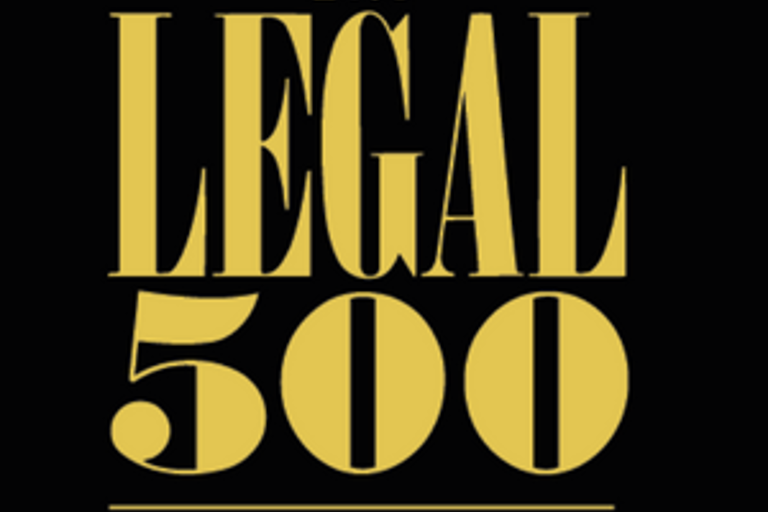
Team franchise Exclusive Contributor 2023 Legal 500
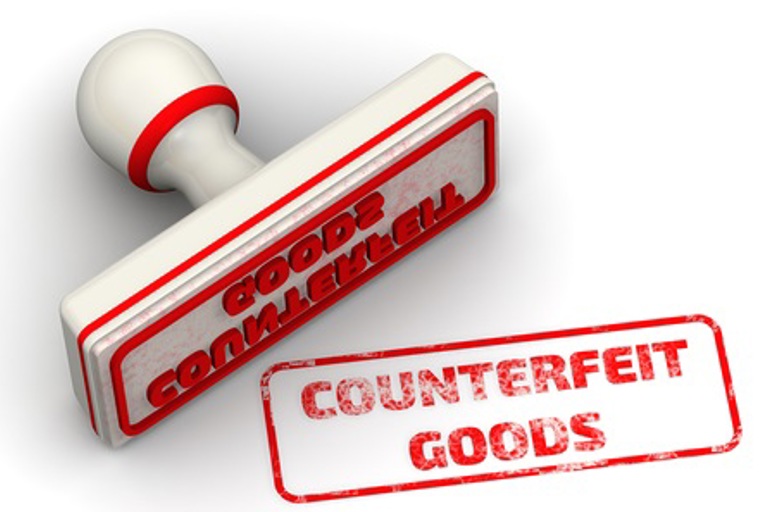
Amsterdam Criminal Court Rules Against Counterfeiters Accused of Habitual Money Laundering (1)
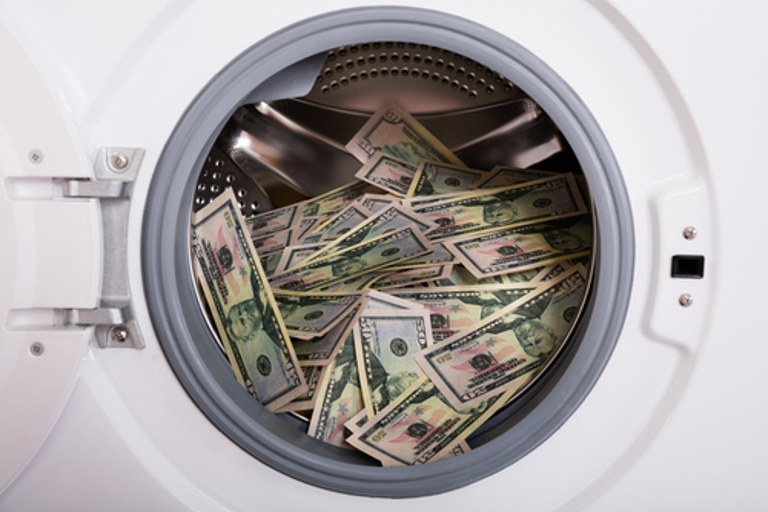
Amsterdam criminal court rules against counterfeiters accused of habitual money laundering
